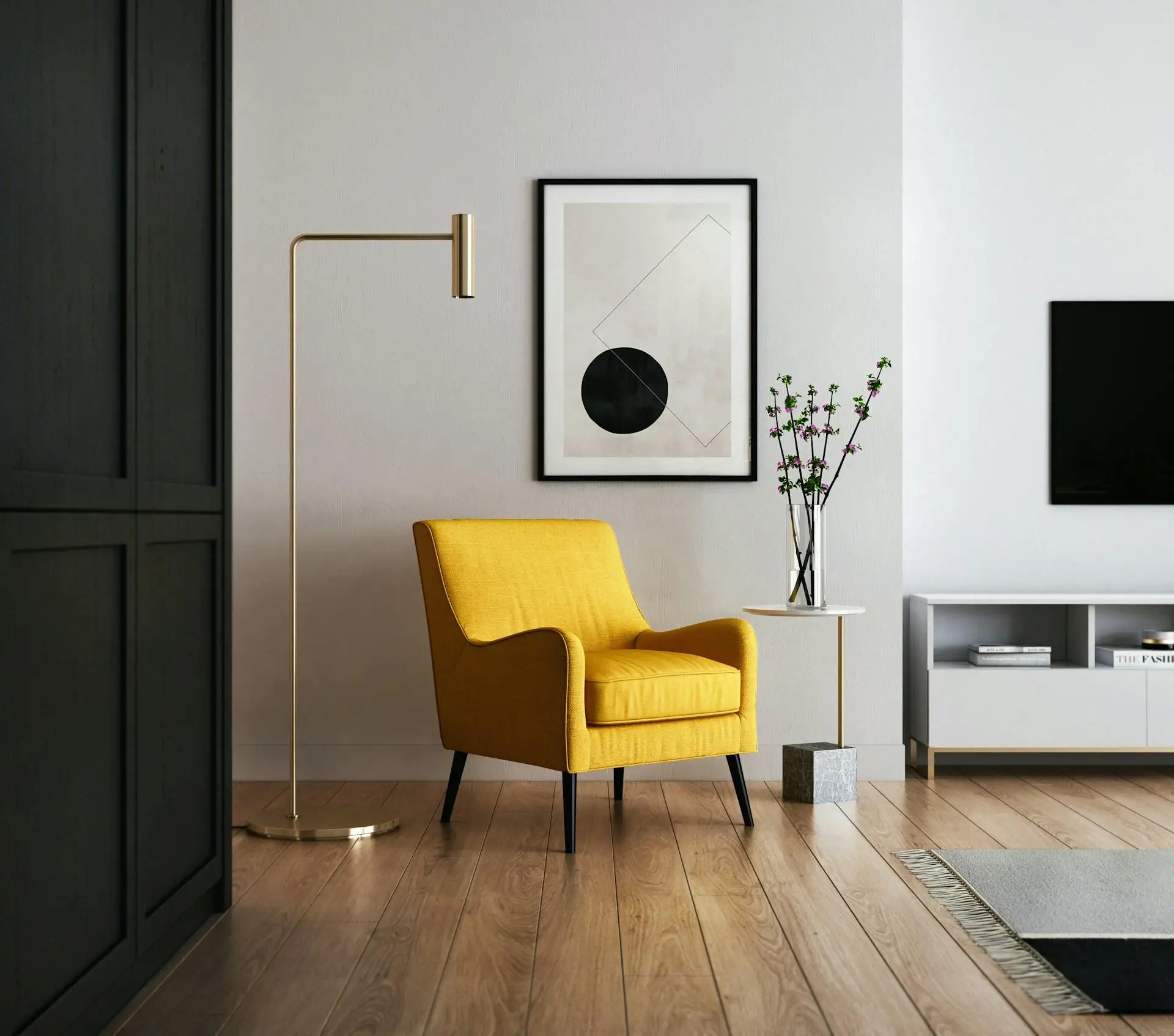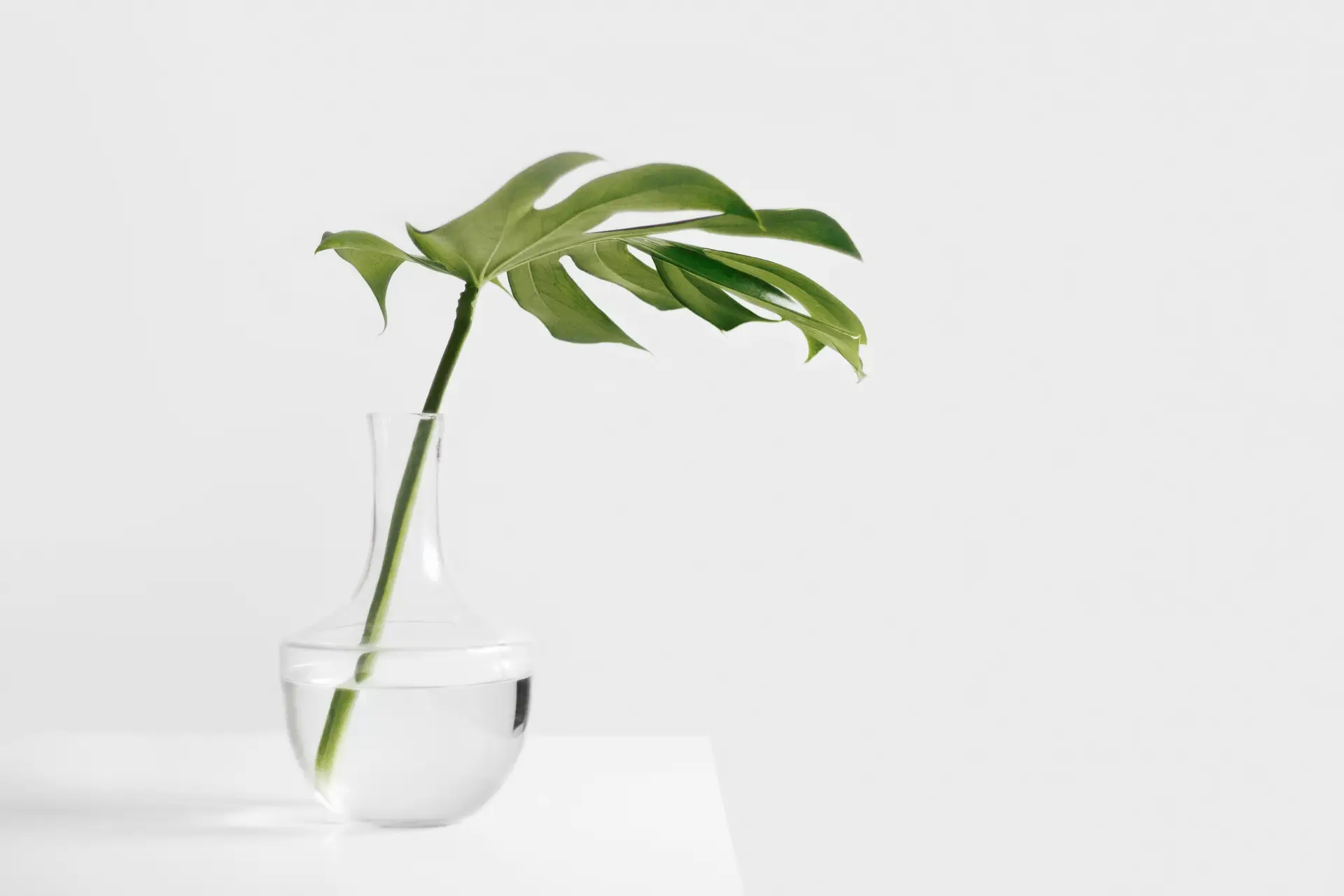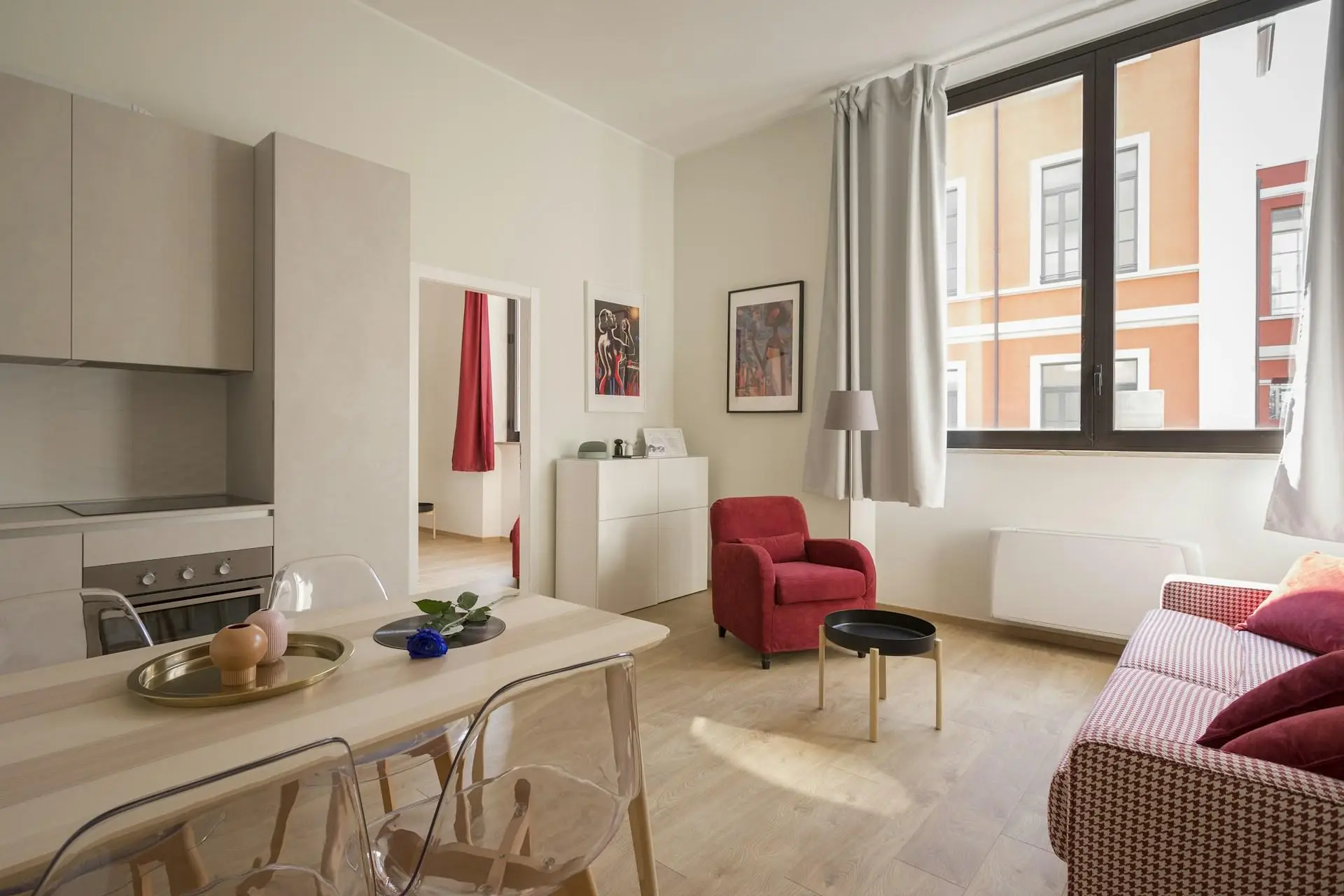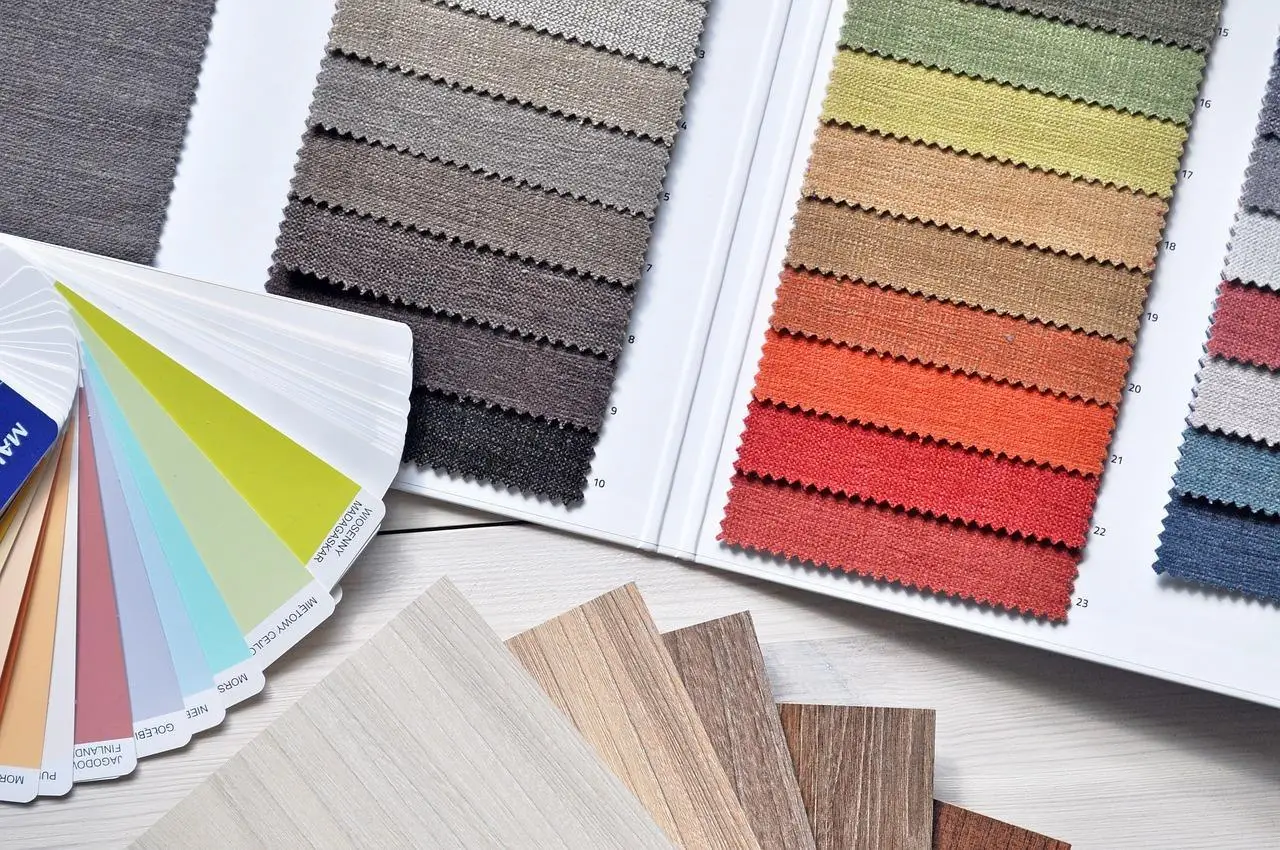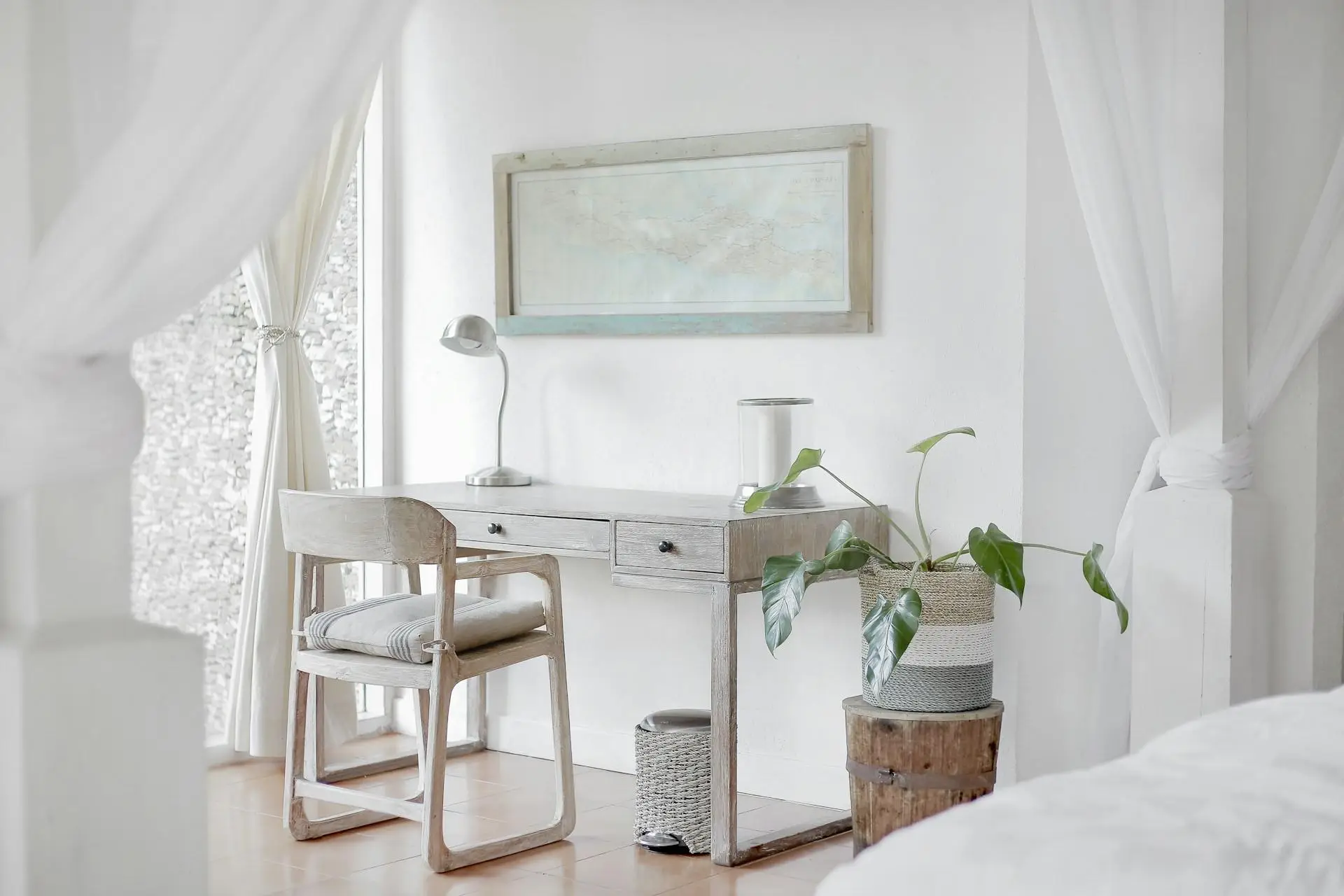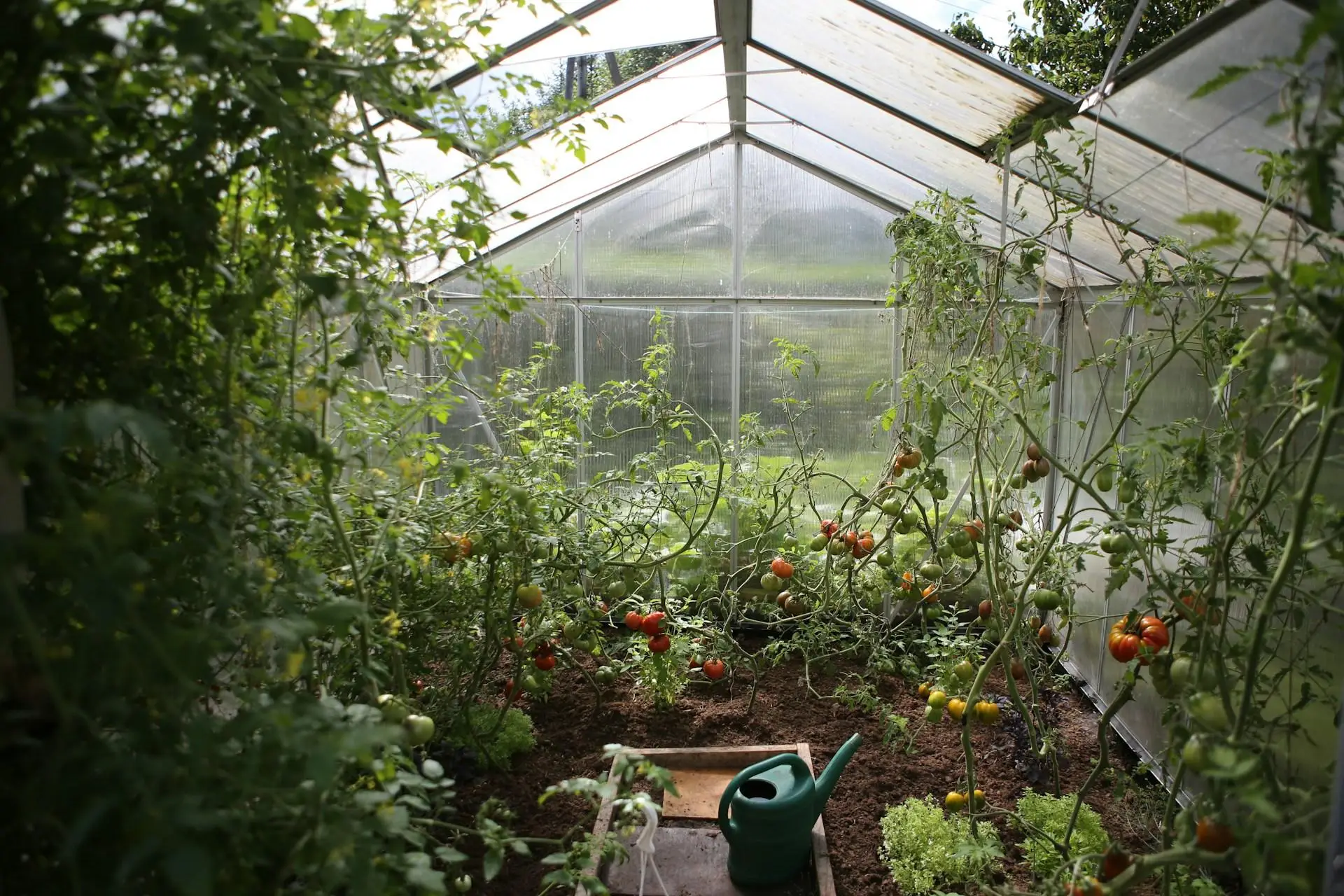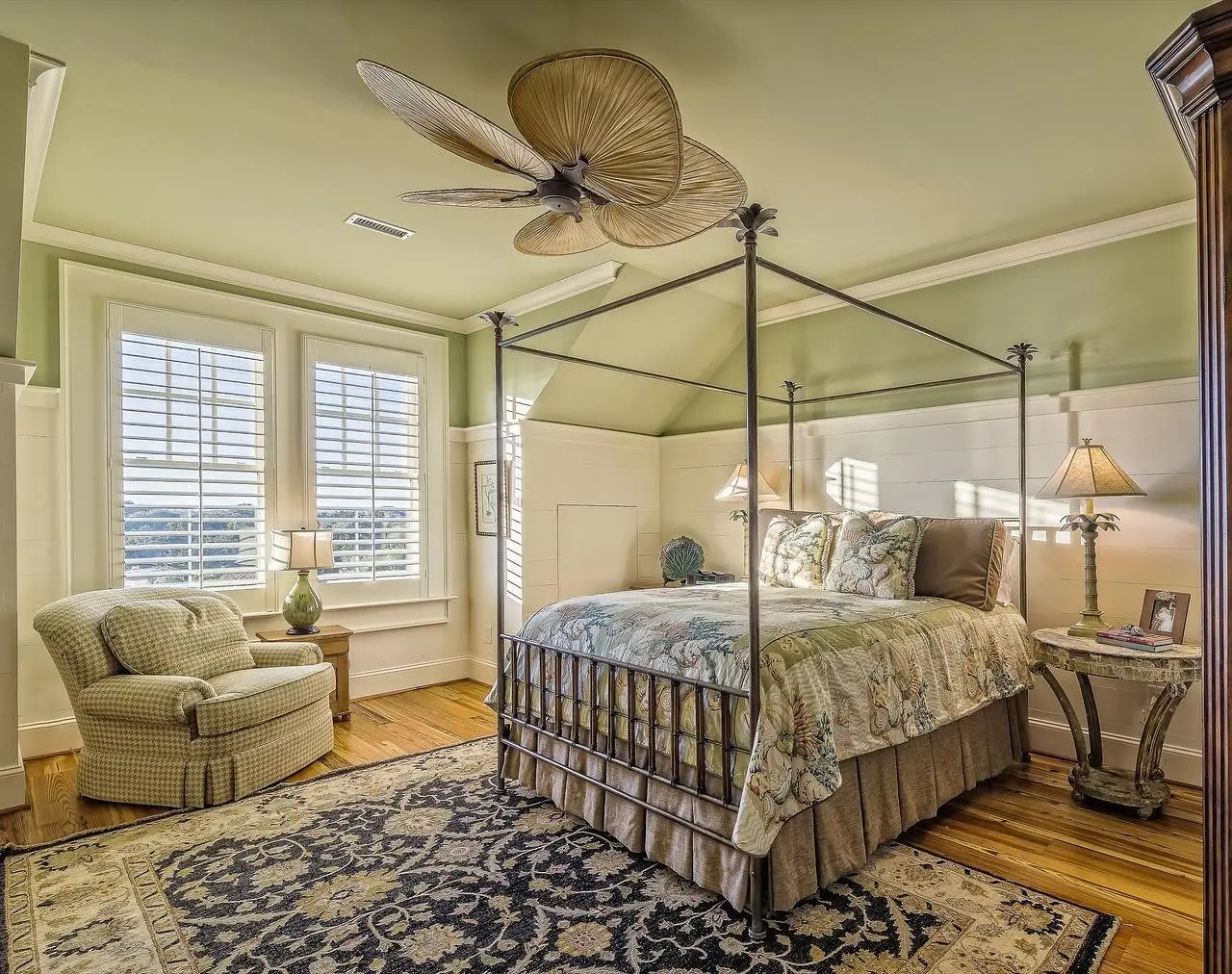Creative Design Strategies for Expanding Perception in Small Spaces
In the realm of interior design, the challenge of working within small spaces is a commonplace scenario. The limitations of size can often lead to feelings of confinement and discomfort; however, with the right strategies, these issues can be transformed into opportunities for creativity and elegance. This article delves into practical design tricks that elevate small areas, making them feel larger, more open, and functional without sacrificing aesthetics.
Understanding the Psychology of Space
Design is not solely about aesthetics; it also involves understanding how human psychology interacts with the environment. Visual perception plays a crucial role in how individuals perceive space. A well-designed living area can lead to psychological benefits such as reduced stress and increased comfort levels.
Natural light, in particular, enhances the perception of space. It contributes to a vibrant atmosphere, allowing interiors to feel airy. Large windows or strategically placed mirrors that reflect light can dramatically alter the spatial experience, bringing life to compact areas.
Strategic Use of Color
Color is one of the most powerful tools in interior design. Utilizing a light color palette profoundly impacts the perceived size of a room.
-
Light Color Palettes: Pale colors, such as soft whites, light grays, and pastel shades, are excellent choices for walls, ceilings, and floors as they reflect light, creating a sense of openness.
-
Monochromatic Schemes: By adopting a monochromatic color scheme, a single color can unify a space, offering a seamless transition between elements. Varying shades within the same color can add depth and interest without feeling overwhelming.
-
Accent Colors: Strategically placed bold colors can create focal points that draw the eye, providing contrast without clutter. Balancing these accents with the overall light palette helps maintain that open feel.
The Power of Furniture Placement
The arrangement of furniture is critical in small spaces. This goes beyond aesthetics and delves into functionality.
-
Multi-Functional Furniture: The selection of versatile pieces—such as sofa beds, expandable tables, and storage ottomans—can maximize space while serving multiple purposes. Such multifunctionality is vital in ensuring that every item has a role in the home.
-
Open Layouts: Arranging furniture to encourage flow—such as floating chairs away from walls—creates zones within the space without physical barriers. This design tactic promotes movement and the sensation of a larger area.
-
Avoiding Clutter: Minimalism is pivotal in small spaces. Selecting essential furnishings and decor helps eliminate distractions and keeps the visual field clear, thus enhancing the sense of spaciousness.
Mirrors and Reflective Surfaces
Mirrors are often heralded as essential tools in interior design for small spaces. They can create the illusion of depth and openness.
-
Incorporating Mirrors for Depth: Proper mirror placement—such as across from windows or at eye level—maximizes reflected light and visuals, offering the illusion of a larger area.
-
Using Reflective Materials: Incorporating metallic finishes or glossy surfaces in decor also aids in expanding perception. For example, glass-topped tables or shiny fixtures can reflect light and images, subtly enhancing the overall space.
Lighting Techniques
Strategic lighting is imperative in enhancing small spaces. By using a combination of natural and artificial light, a room can feel more expansive.
-
Maximizing Natural Light: Window treatments such as sheer curtains allow light to flow unobstructed while maintaining privacy. Arranging furniture to ensure windows are unobscured is also crucial.
-
Layered Lighting: A combination of ambient, task, and accent lighting creates layers that enrich the space. This flexibility allows for adjustments based on mood and function.
-
Brightness and Mood: Choosing light fixtures that complement the room while enhancing space perception is essential. Soft, warm lighting can create a cozy feel, whereas bright, white bulbs can make the area feel more expansive.
Creative Use of Vertical Space
When underfoot space is limited, upward space becomes a valuable asset.
-
Vertical Storage Solutions: Shelving units, hanging organizers, and high cabinets exploit vertical space effectively. Utilizing taller furniture visually expands the size of a room, drawing the eye upward.
-
Art and Decor Placement: Thoughtful placement of artwork and decor, such as hanging pieces at eye level, can create lines that guide the gaze upward. Vertical gardens or wall planters can also contribute to this illusion.
Simple Decor Tricks
Subtle decor choices can be transformative in small spaces.
-
Clear or Transparent Furniture: Utilizing ghost chairs or glass tables can keep visual weight low, allowing the space to feel less cluttered and more airy.
-
Decluttering Techniques: Keeping surfaces clear is paramount. Developing practical strategies, like regular organization sessions, can ensure the space remains tidy and functional without excess items.
-
Personal Touches without Overcrowding: Selecting a few key decor pieces that express personality while maintaining open space is essential. Balancing personal items with the need for a spacious feel can be achieved by choosing fewer, impactful arrangements.
As living spaces continue to shrink in urban environments, mastering the art of maximizing small areas becomes vital. Leveraging thoughtful interior design techniques not only enhances aesthetics but also transforms the quality of life within confined areas. By applying these design tricks, individuals can create homes that are both spacious in feel and rich in character, transforming small spaces into inviting sanctuaries. The journey to achieving an open and comforting environment starts with experimentation and the courage to innovate within one’s home.

